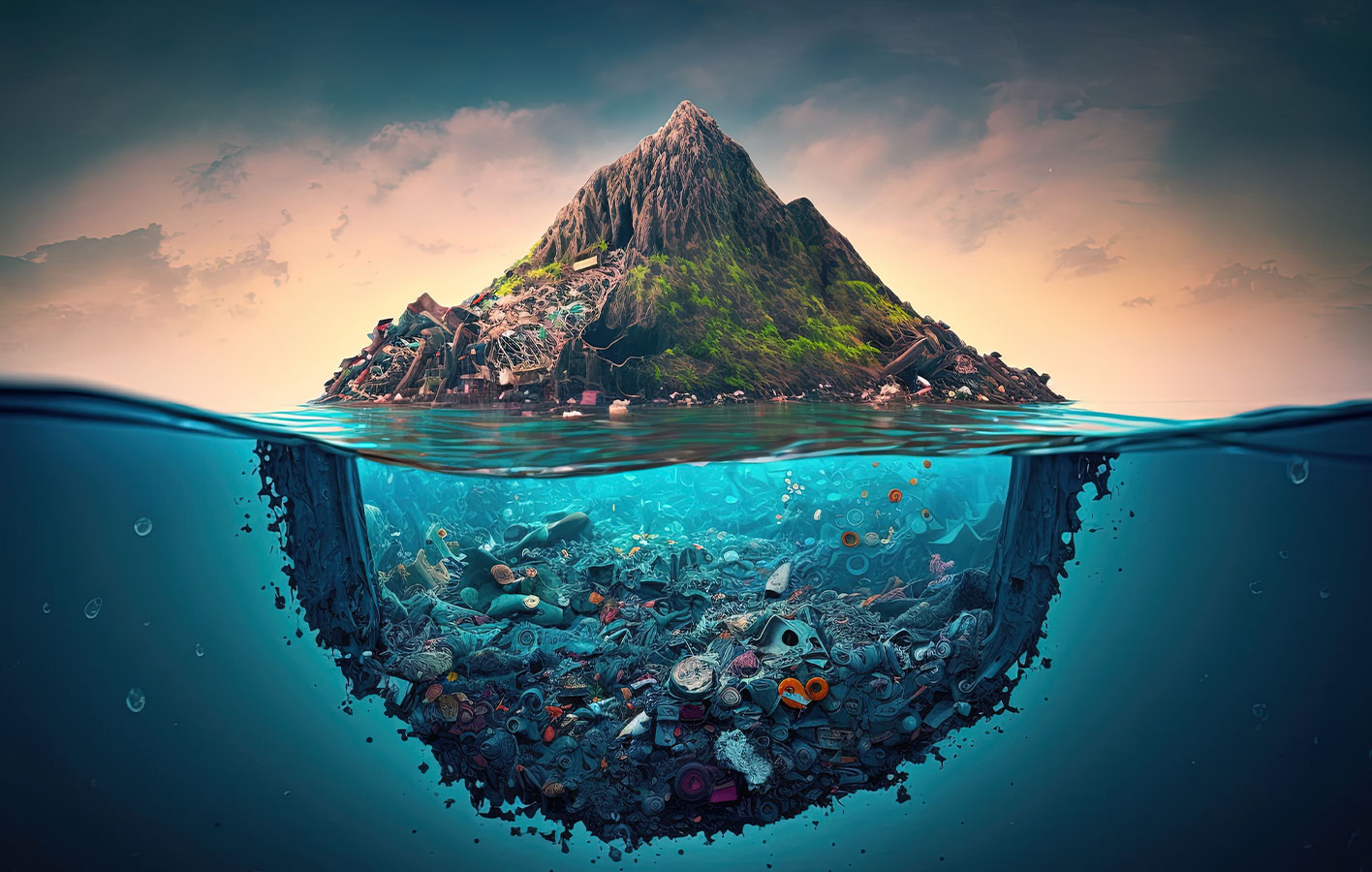
Discover some of the main problems threatening the oceans
According to the UN, oceans produce approximately 50% of the planet’s oxygen and house an important amount of the earth’s biodiversity. Likewise, they represent the main source of protein for over a thousand million people. This life force is under threat from multiple factors, and if actions are not taken now, they may degrade it even more. The UNESCO, aware of the consequences of the marine environment collapse, proclaimed 2021-2030 as the Decade of Ocean Science for Sustainable Development. Let’s go over some of the dangers threatening the oceans.
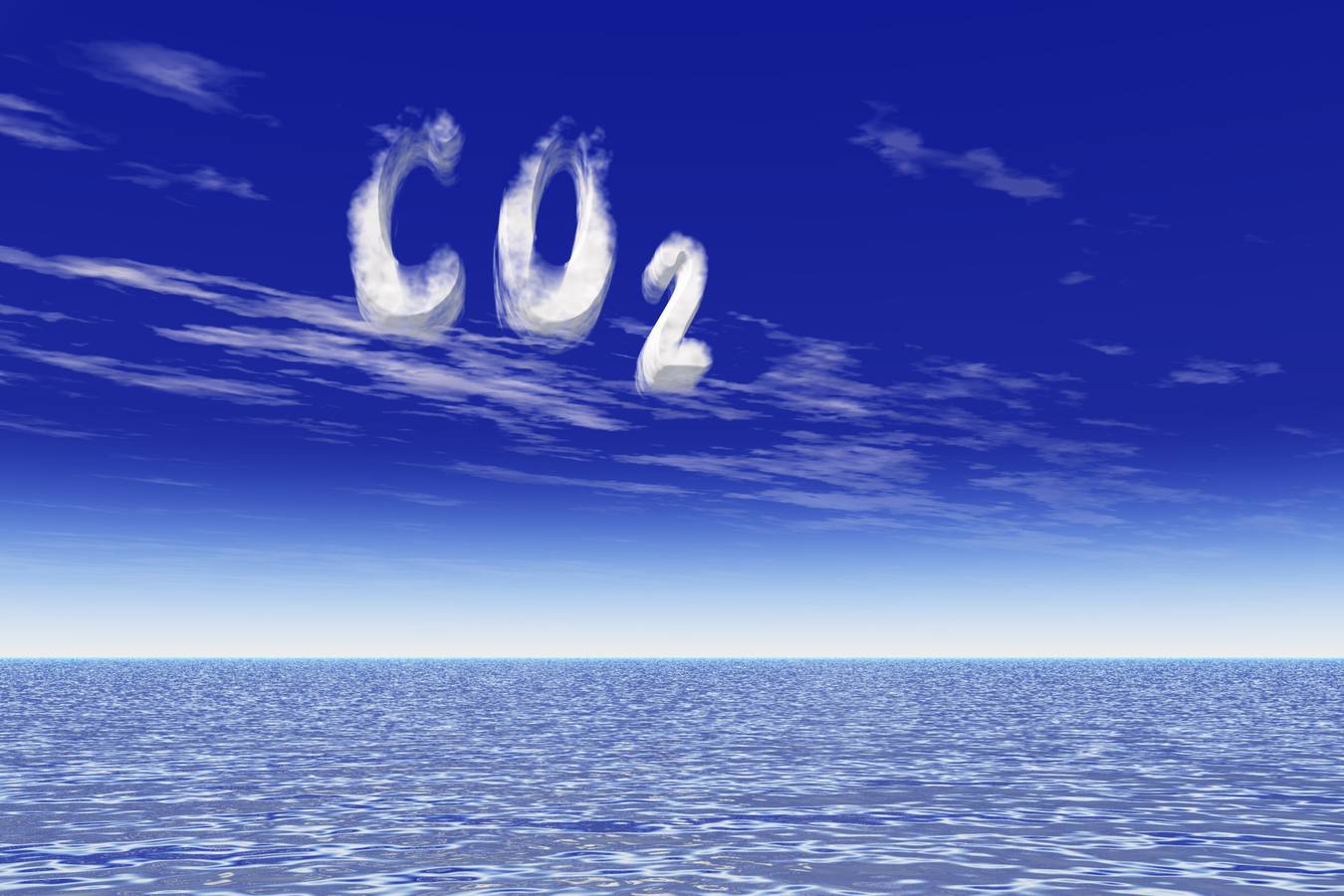
Acidification of the seas
Oceans play a fundamental role in the battle against climate change as they absorb approximately 30% of the CO2 humans produce. However, the waters pay a price for this function because the diluting of the carbon dioxide changes their natural chemistry increasing the acidity of the same. Unless we reduce CO2 emissions, the amount of acid in the water will have increased 150% by 2100, thus threatening the survival of the smallest marine species.
Contamination due to rubbish and plastics
The oceans have become a large sewer to the point where 40% is affected by contamination. Waste of all kinds like fertilisers, fuels, industrial waste, and, above all, plastics ends up in their waters due to intentional spills or run-off via rivers and drainage channels. The estimated 13 million tonnes of plastic which reach the oceans every year cause the death of thousands of animals. One of the SDG14 goals consists of significantly reducing marine contamination by 2025; particularly that due to activities carried out on land.
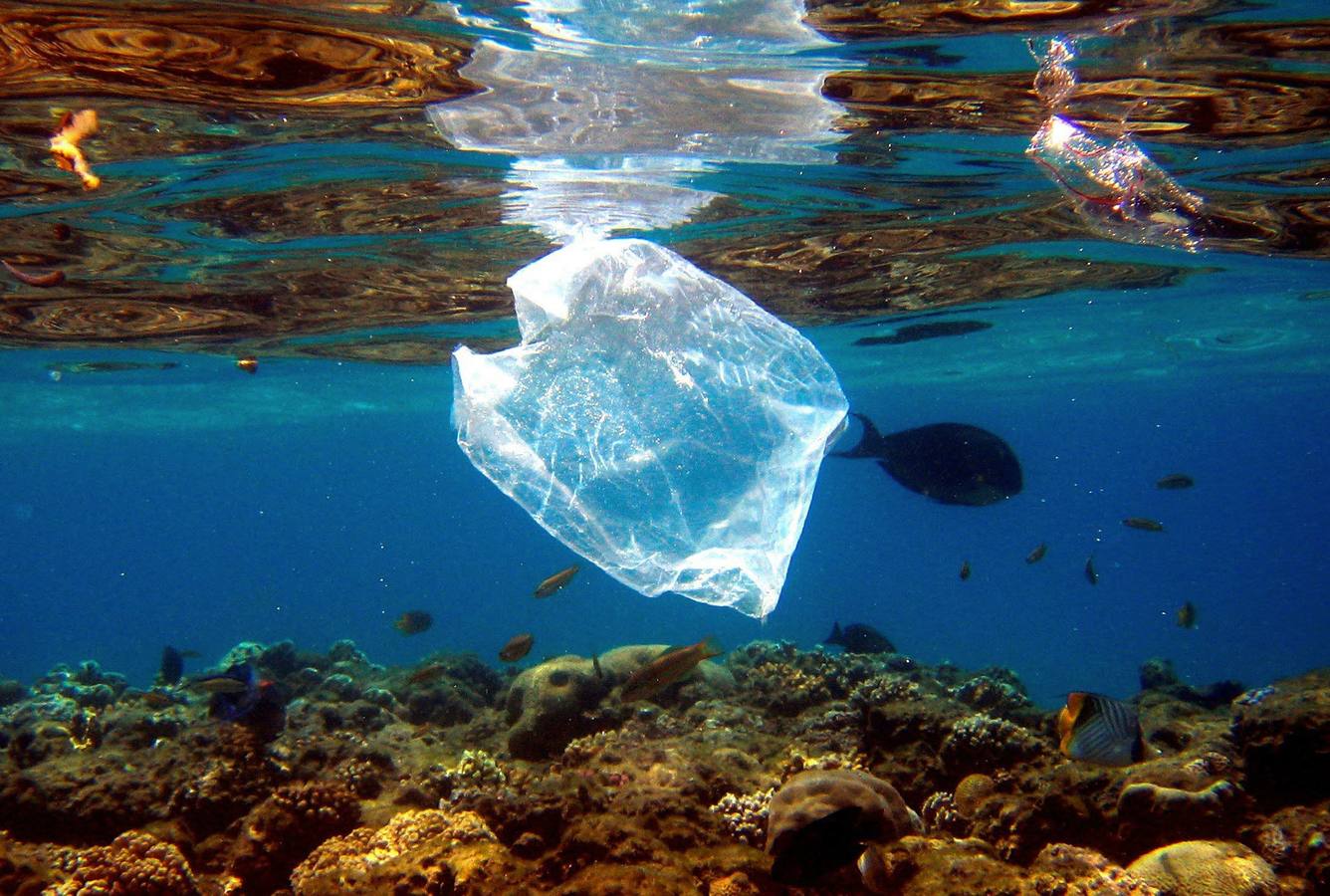
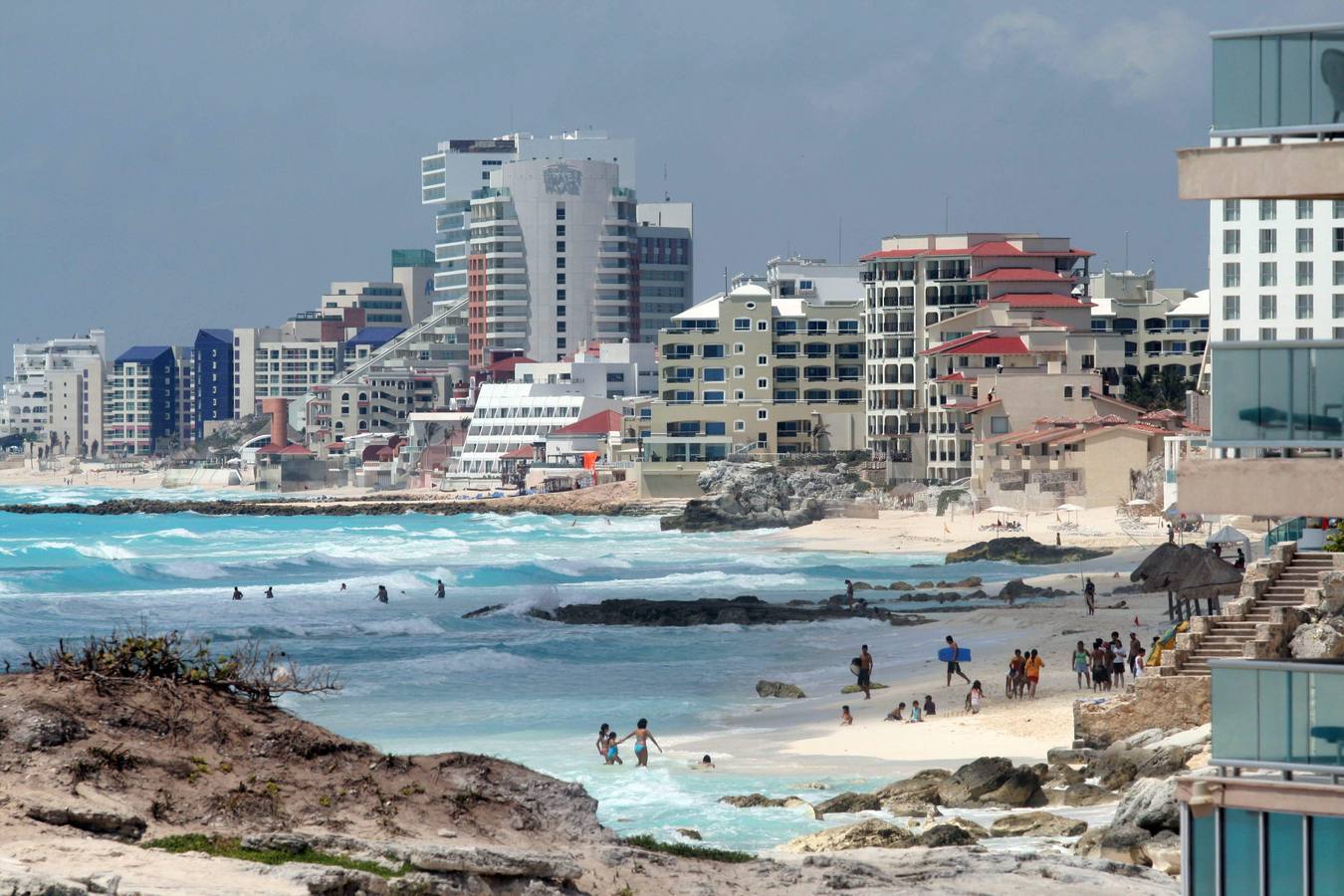
Urbanization of coastal territories
According to the UN, 60% of the world population lives 60 Km from coastline, to which we must add the impact of hotel complexes for whose construction dykes and reservoirs are erected endangering those ecosystems. In fact, coastal areas are the destination of an estimated 80% of international tourists. The future of marine ecosystems depends on the difficult balance between tourism and environment.
Overexploitation of marine resources
Despite there being data for all opinions and nuances, the truth is there is an overfishing problem of those species most demanded by consumers in certain areas. FAO estimations refer to 60% of fish reserves being fully exploited and a further 30% being unsustainably fished. Regional fishing organisations have been working for decades on sustainable management of marine resources.
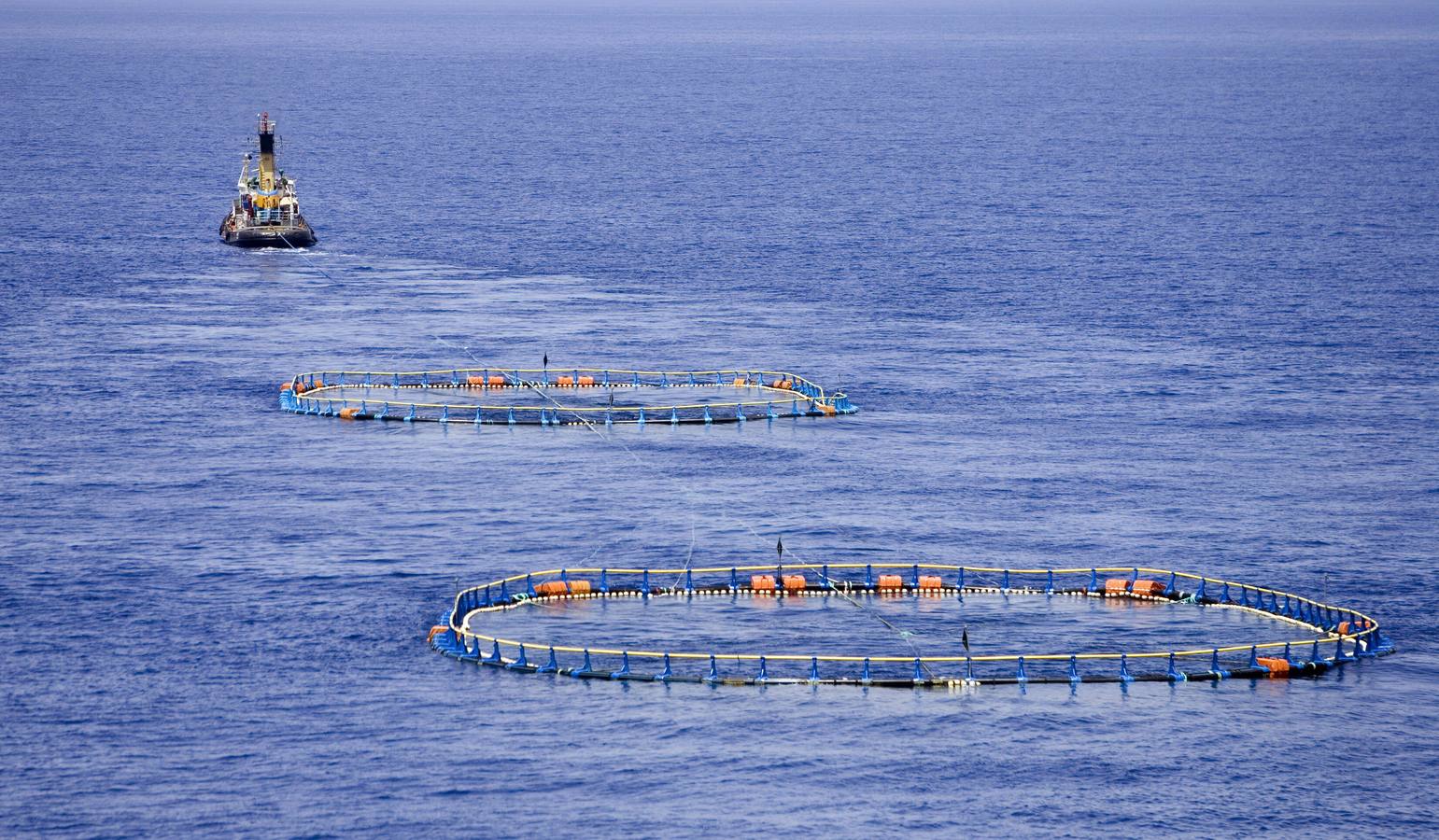
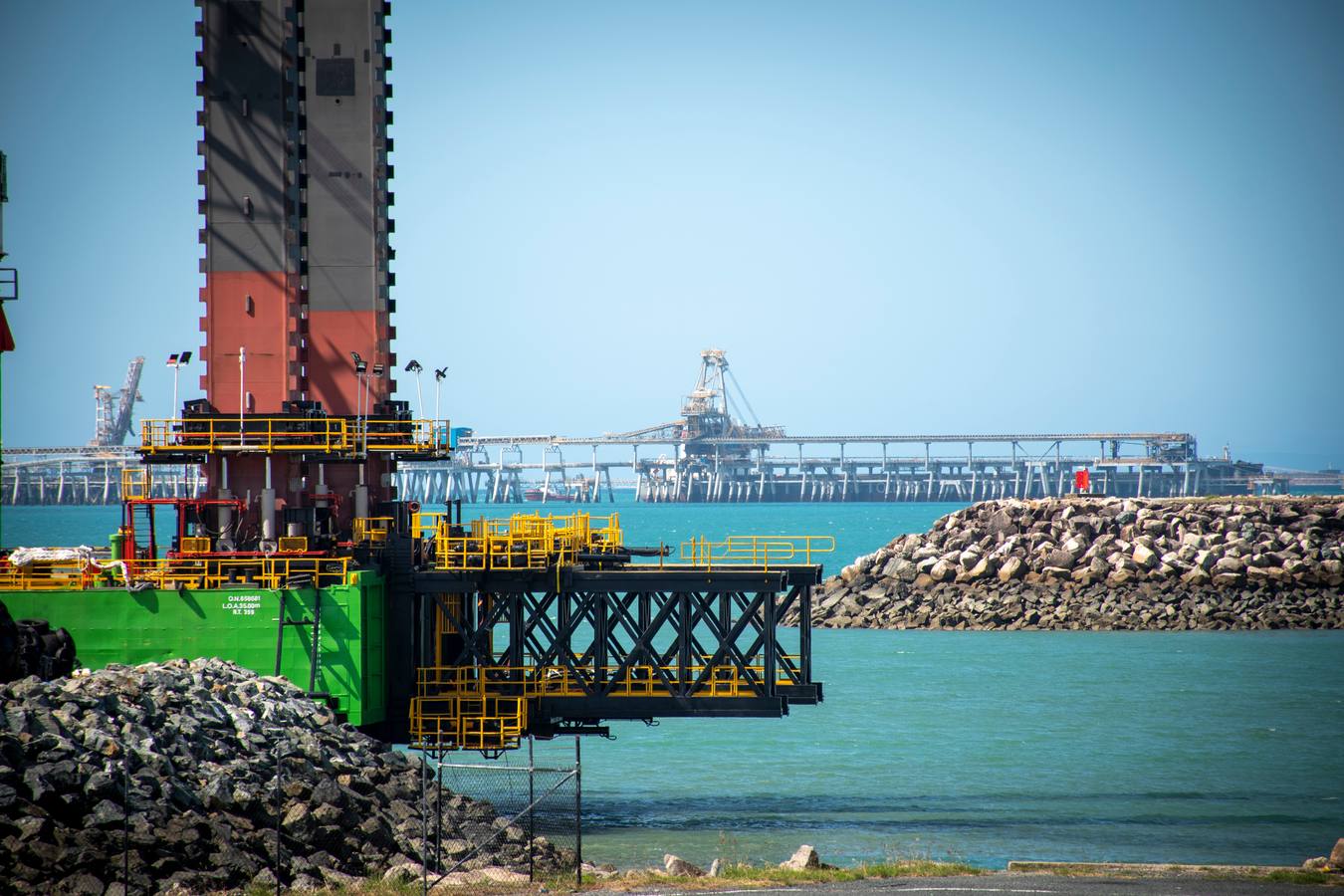
Mineral extraction
Ocean beds can house 5% of the minerals used in the world like: copper, nickel, manganese and cobalt. The technology required for deep-sea mining is ever more abundant; therefore, the impact of this activity on sensitive marine ecosystems will require analysis and the set-up of regulation frameworks which impose limits and obligations on the companies.


